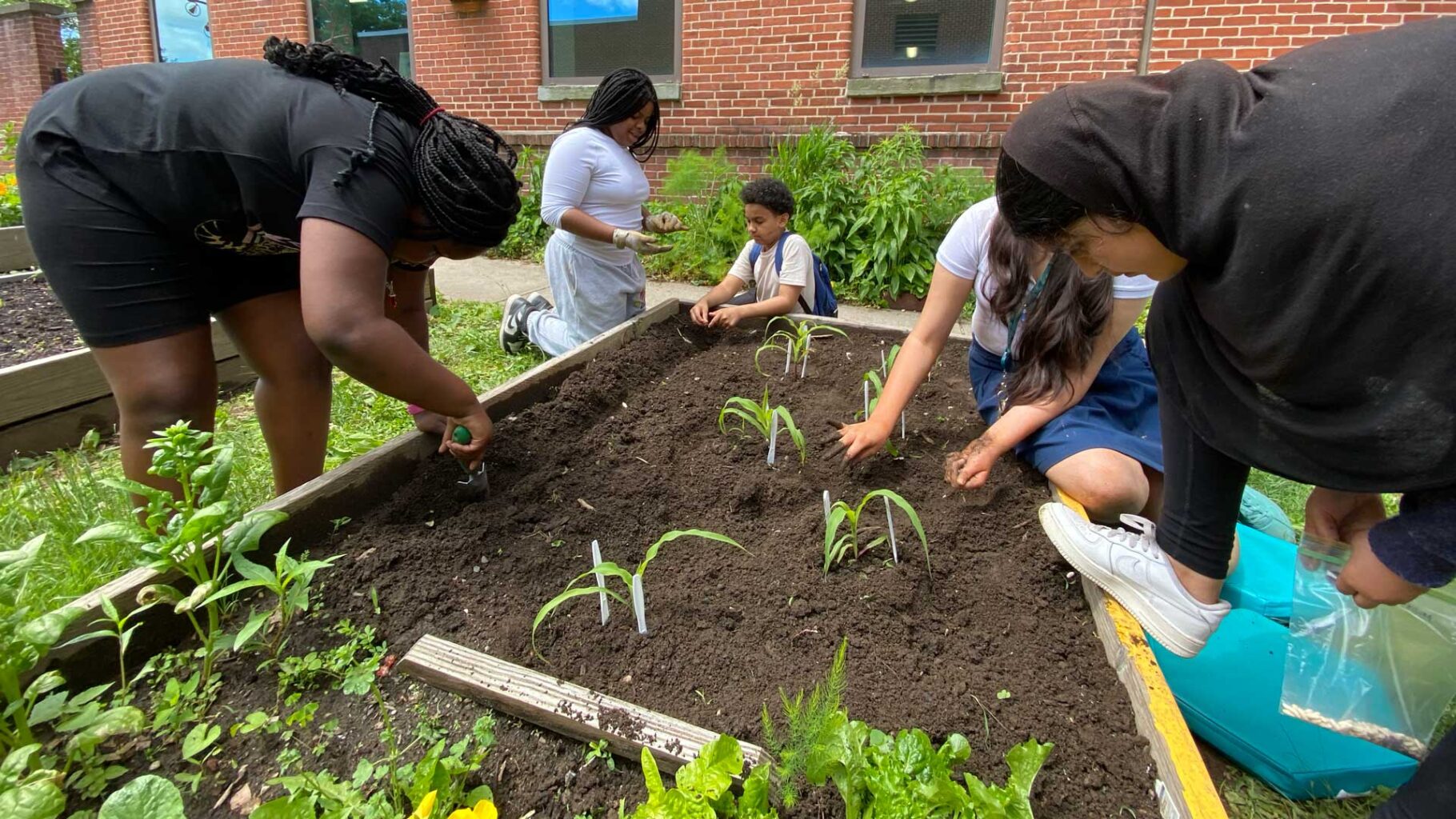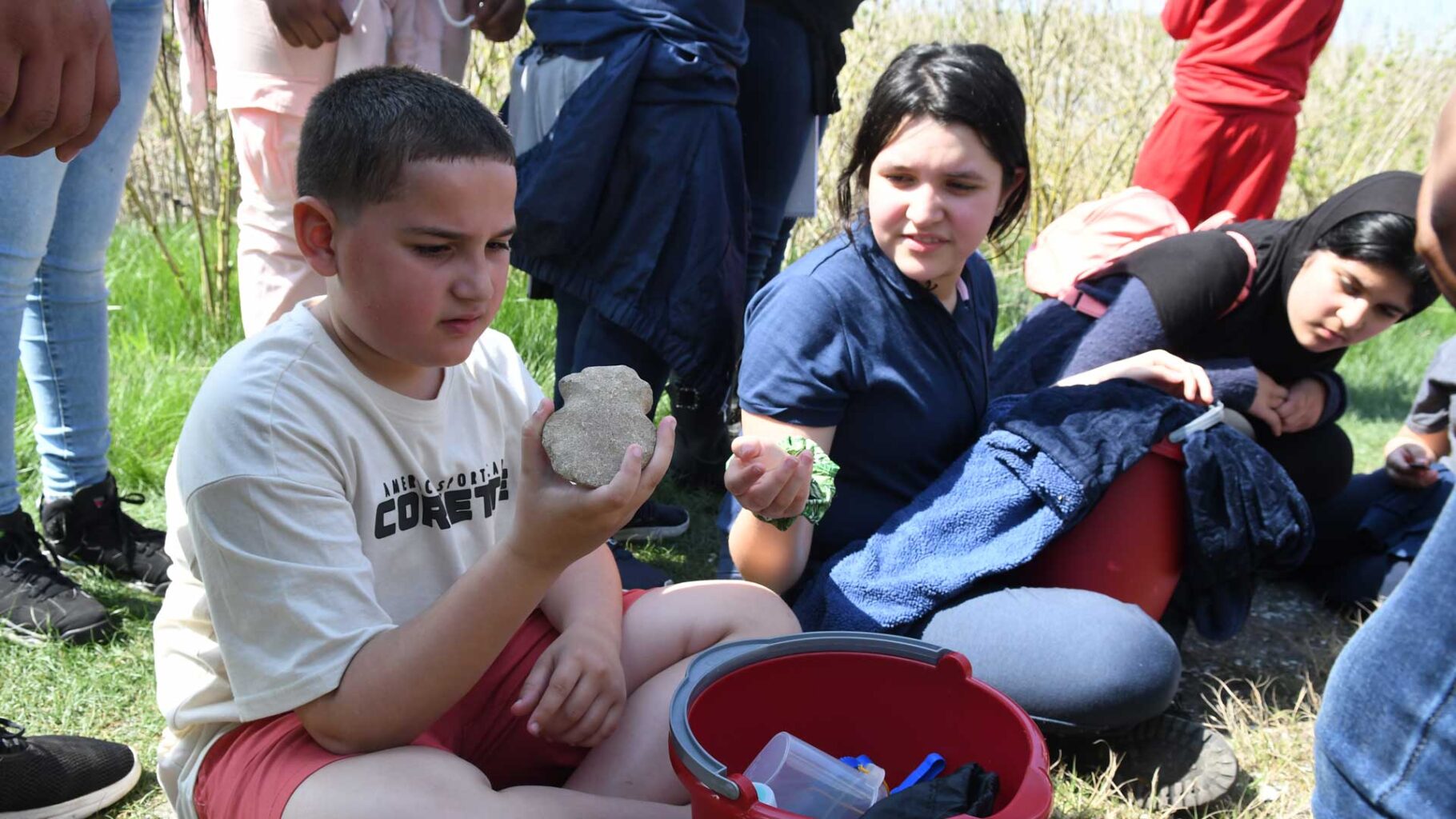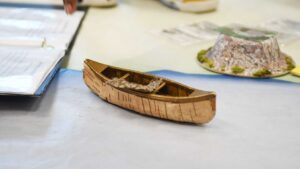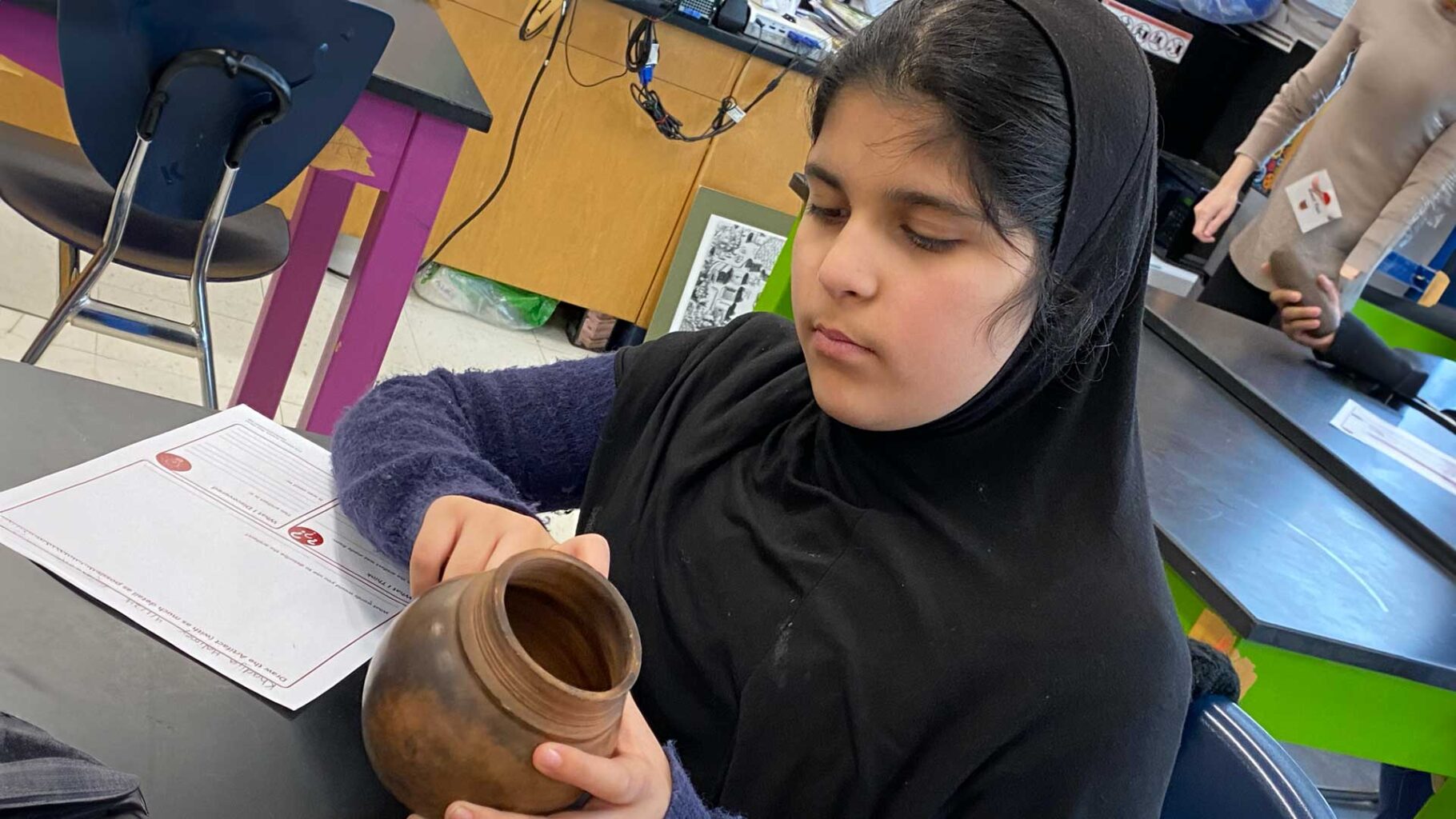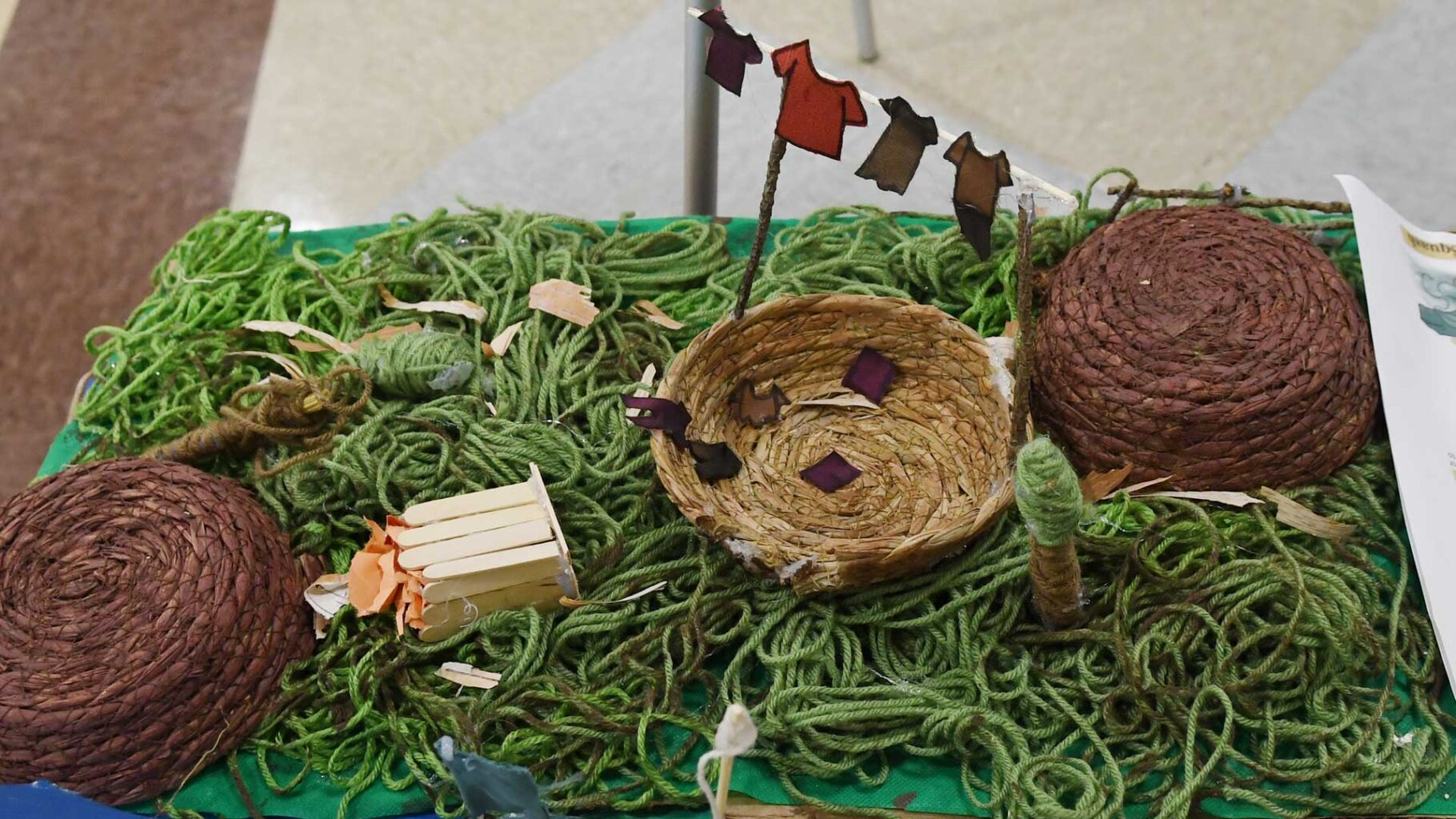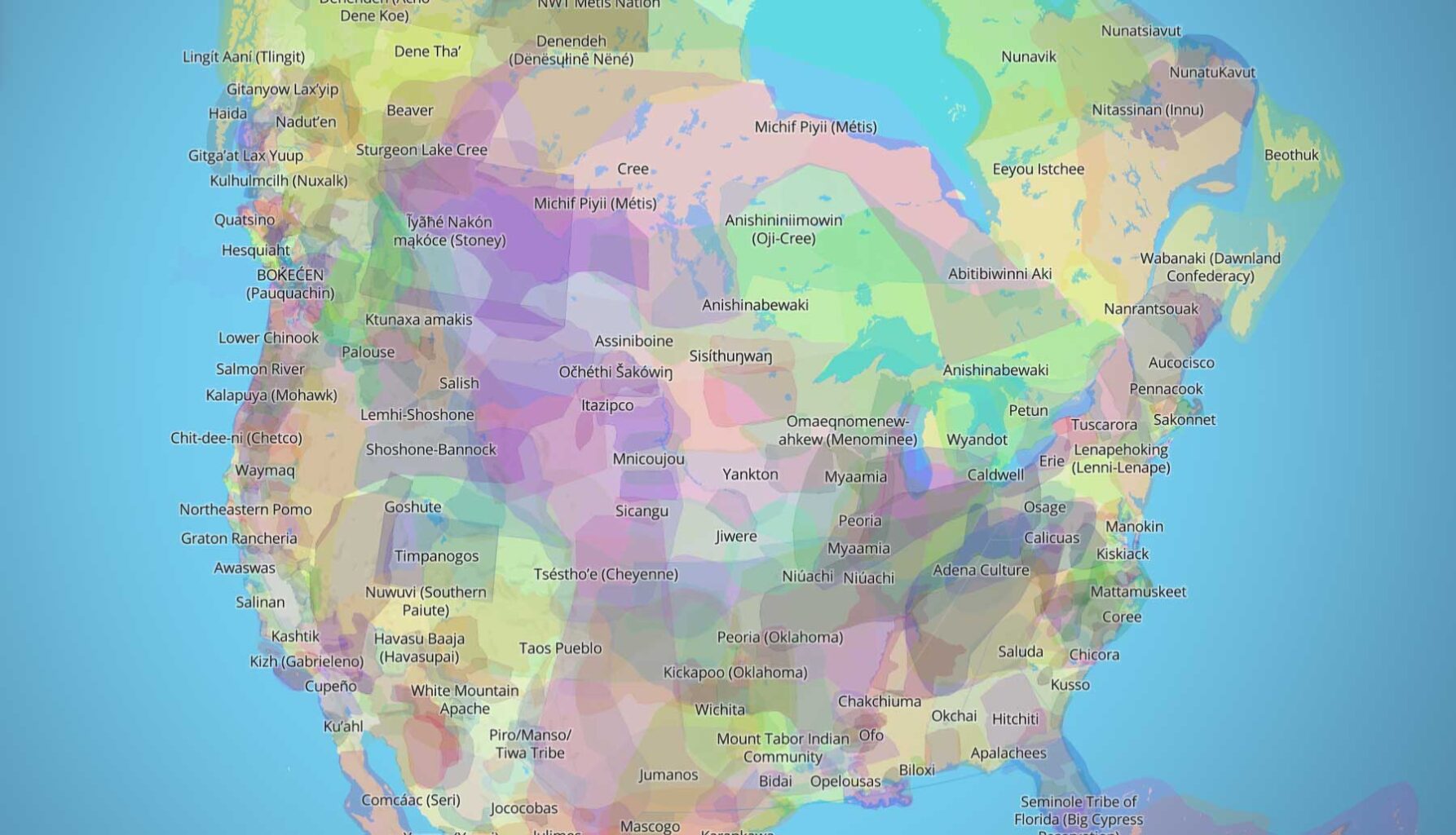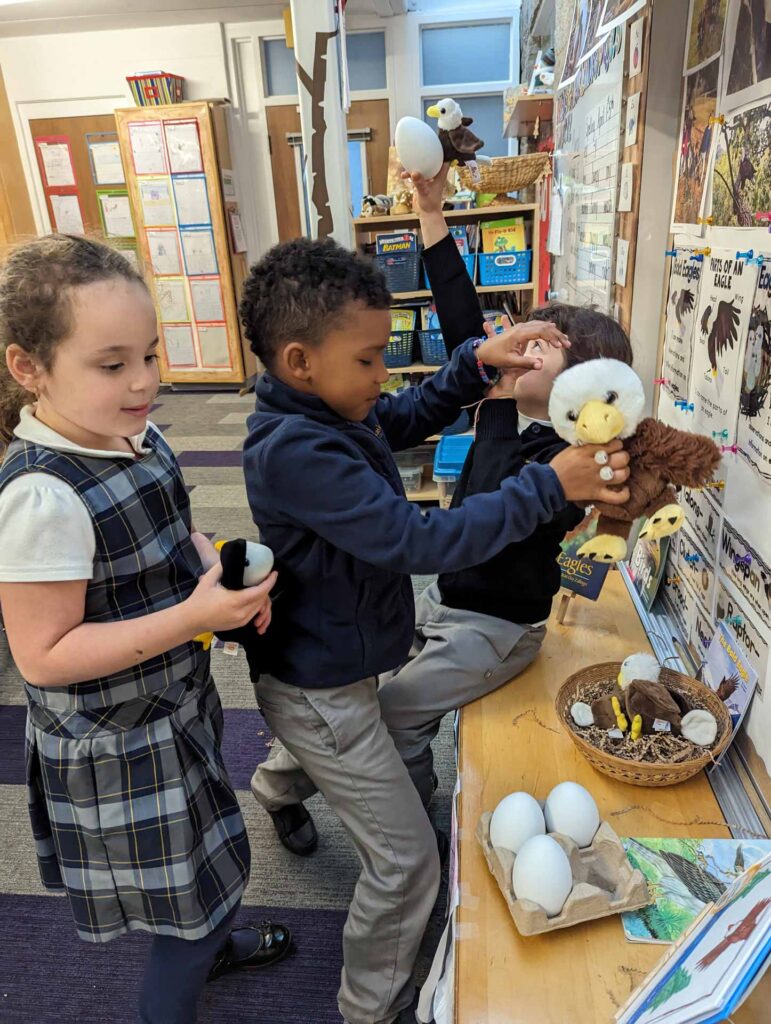Indigenous People's History: Best Practices and Resources
Ideas and examples for integrating native history into your classroom studies. Learn how to find authentic information and text for research, as well as indigenous-run organizations and voices.
Best Practices
When weaving Native history into classroom learning, go directly to indigenous-run organizations and voices for resources and read Indigenous-authored and illustrated books—you will find links to both on this page. We encourage educators to incorporate Indigenous studies and perspectives into their curriculum, rather than added on as extra (and decontextualized) activities. The Akomawt Educational Initiative, an organization founded by members and/or allies of Native communities, generously granted us permission to share their best practices slides below.
Integrating Native History into the Classroom
Kattie Konno-Leonffu's fifth-grade science class used the Quinnipiac River as a springboard to explore water, ecosystems, and the history and cultures of indigenous people.
Students planted a Three Sisters Garden–corn, beans and squash–a planting method originally developed by Native Americans. Learn more about the Three Sisters of Indigenous American Agriculture on the USDA library website.
How does geology impact geography? During a visit from the Connecticut River Museum, students learned about the formation of the Connecticut River and about human habitation along and utilization of river. Through interactive activities, they explored how Native People used the land and the impact of European tradespeople and settlers.
- Gather New Haven, Zion Jones, zion@gathernewhaven.org
- Dudley Farm Museum, James Power (Quinnipiac Tribe on Grannis Island Expert)
- New Haven Museum, Joanna Steinberg, Director of Learning and Engagement, 203.562.4183 x111
- CT River Museum
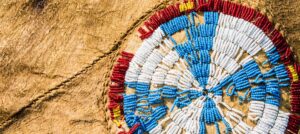
Ideas and Best Practices for Incorporating Indigenous History
Ideas and examples for integrating native history into your classroom studies. Learn how to find authentic information and text for research, as well as indigenous-run organizations and voices.
Learn about the history of local lands
STEAM Integration
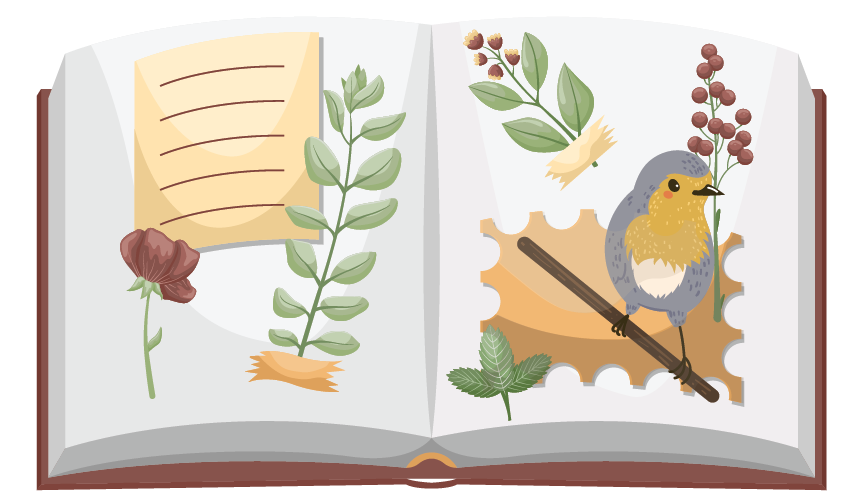
Indigenous STEAM Collaborative
Hands-on activities, informational downloads, videos and other tools and resources for learning about plants, birds, food cycles, water and other science concepts that are also integral to native culture.
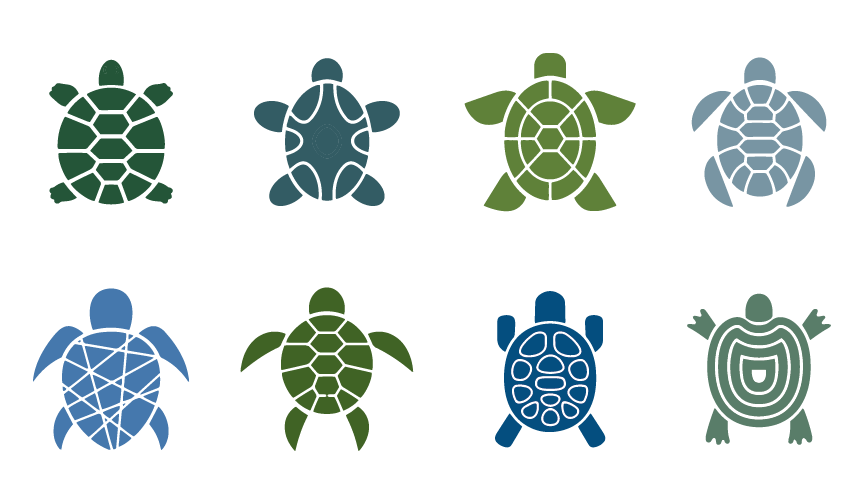
Indigenous Math Resources
Offering a wide variety of activities where students can engage with math concepts such as addition and subtraction, fractions, and geometry while learning about native lands, culture, stories, and more.

American Indians in Children's Literature
A comprehensive library of recommended books that accurately portray Native people and nations, compiled and researched by researchers who are also members of native nations.
Study of eagles brings opportunities to learn about culture, history and local ecology.
Links
Common Sense Education
Free Learning Resources for Native American Heritage Month
Resources by grade level, with some overlap, and across all disciplines. Includes links to videos, music, hands-on activities stories, lesson guides and more.
James Powers:
Local Historian
CT Department of Education
A compilation of resources sourced from five state-recognized tribes, including lesson samples and ideas, historical and cultural background, and primary sources.
The Native American Curriculum Steering Committee contributed to the creation of the curriculum materials.
Understanding Multiple Narratives
There is no single Native American history, and so considerations of context, environment, and place are important to weave into classroom learning.
HMS offers ways in which we can effectively reframe our approach to the history of Native people, nations, and communities in the U.S.
Smithsonian Search NK360° Educational Resources
Explore featured instructional and informational resources, below, or search all resources using the search tool.
Akomawt Educational Initiative
Akomawt provides a thorough list of books, videos, and online educational resources.
